One minute you’re sipping your drink, and the next, you’re clutching your stomach in a tiny cabin bathroom wondering what just hit you.
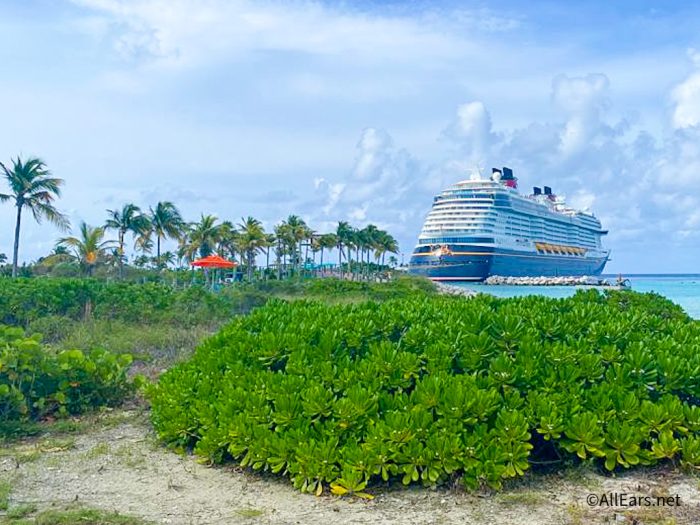
Yep — norovirus strikes fast, and cruise ships can be a prime target. We’re breaking down exactly what happens when the CDC gets involved in a gastrointestinal outbreak onboard. Whether you’re currently packing for your cruise or just morbidly curious, here’s what really goes down behind the scenes when the dreaded “norovirus outbreak” headline pops up.
What Triggers a CDC Investigation?
First off, the CDC doesn’t just pop up on cruise ships for every tummy ache. They get involved when at least 3% of passengers or crew onboard report symptoms of acute gastroenteritis (meaning they’ve got a rough combo of diarrhea, stomach cramps, and maybe some fever, headache, or muscle aches thrown in just for fun).

But even if it’s less than 3%, the CDC can still show up if something seems off. The key thing is that the ship has to either be sailing in U.S. waters or arriving at a U.S. port within 15 days. Outside of that, other countries’ health agencies take the wheel.
The CDC Doesn’t Just Hover — They Jump In.
Once an outbreak hits their radar, the CDC springs into action. They work directly with the cruise line and onboard staff to figure out:
- How many people are sick
- When it all started
- What symptoms folks are having
- Whether the illness is spreading day by day

This isn’t a casual chat either. The CDC asks for logs, surveillance data, and maybe even interviews with passengers and crew. It’s kind of like CSI: Cruise Ship, minus the dramatic music.
Yes, Sometimes They Board the Ship. Literally.
Depending on how serious things look, CDC staff may physically board the cruise ship. When they do, they’re there to:
- Interview people who got sick
- Hand out questionnaires to map out what everyone ate, touched, or did
- Inspect common areas
- Check out cleaning routines and sanitation practices

And if there’s any suspicion that the ship’s water or food supply was contaminated, you better believe the CDC is poking around those sources too.
Samples, Swabs, and Lab Tests — Oh My
If they need to confirm what’s causing the outbreak, the CDC might collect stool, vomit, or blood samples and send them to a lab on land. This is how they usually confirm that it’s norovirus, which is highly contagious and spreads like wildfire in the close quarters of a ship.

The goal here is to nail down the pathogen and figure out where things went sideways — was it the food? The water? Poor handwashing? Some unlucky combo of all three?
Meanwhile, the Cruise Ship is in Crisis Mode
Cruise lines are required to have a plan ready for this exact scenario — like, in writing, with clearly defined steps. Once illness crosses a certain threshold, they activate that plan immediately.
Here’s what usually happens onboard:
- They crank up cleaning and disinfection big time
- Sick passengers and crew are isolated
- Public announcements go out encouraging handwashing and prompt illness reporting
- Stool samples get collected and tested
- The CDC stays looped in on everything

If things are bad enough, the cruise line may delay boarding for the next voyage so they can deep-clean not just the ship, but also the terminal.
So What Does This Mean for You, the Passenger?
If you’re onboard during a norovirus outbreak, you’ll definitely know. You might get letters or messages from the captain, more frequent health reminders, and you’ll see cleaning crews everywhere. There may be more limits on self-serve buffets, and medical staff might be doing regular check-ins.

The most important thing you can do? WASH. YOUR. HANDS. Seriously. It sounds basic, but it’s the single best way to protect yourself and others. Hand sanitizer isn’t enough for norovirus — soap and water is your best defense.

And if you do start to feel sick, report it. It helps the crew contain the spread and triggers the support systems already in place.
Bottom Line
Norovirus outbreaks on cruise ships are rare, but they’re not unheard of — and when they happen, it’s all systems go for both the cruise line and the CDC. These aren’t just casual cases of “a few people feeling under the weather.” A CDC investigation means there’s a full-on plan in motion, with data collection, ship inspections, and medical protocols all rolled out to get things back under control.
If you’ve got a cruise on the calendar, don’t panic — but do stay informed and practice good hygiene. That way you can stay focused on poolside cocktails, Broadway-style shows, and endless soft serve… not a surprise stomach bug.
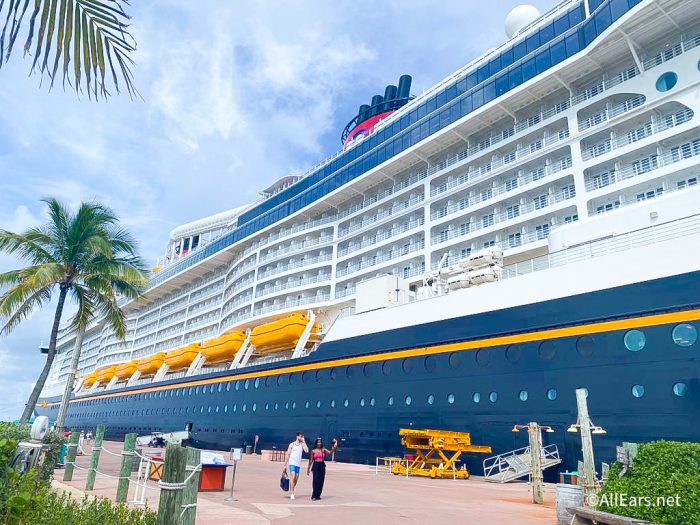
We’ll continue to monitor the outbreaks and provide news that can affect your upcoming vacations. Keep following AllEars for more.
7 Mistakes That Scream “This Is My First Disney Cruise”
Have you ever been on a cruise during a health outbreak? Let us know all about it in the comments!




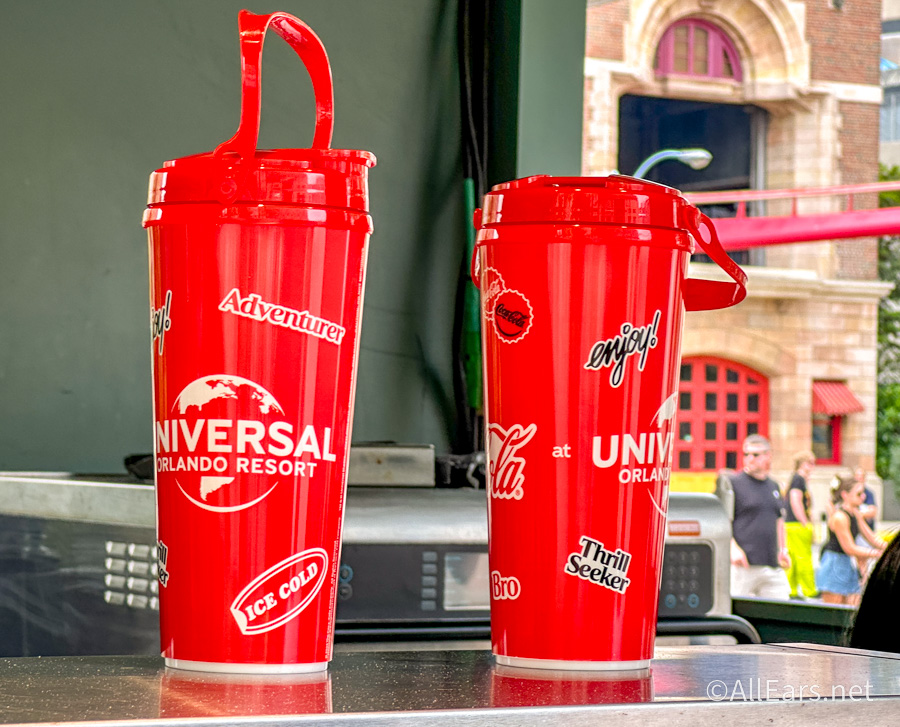



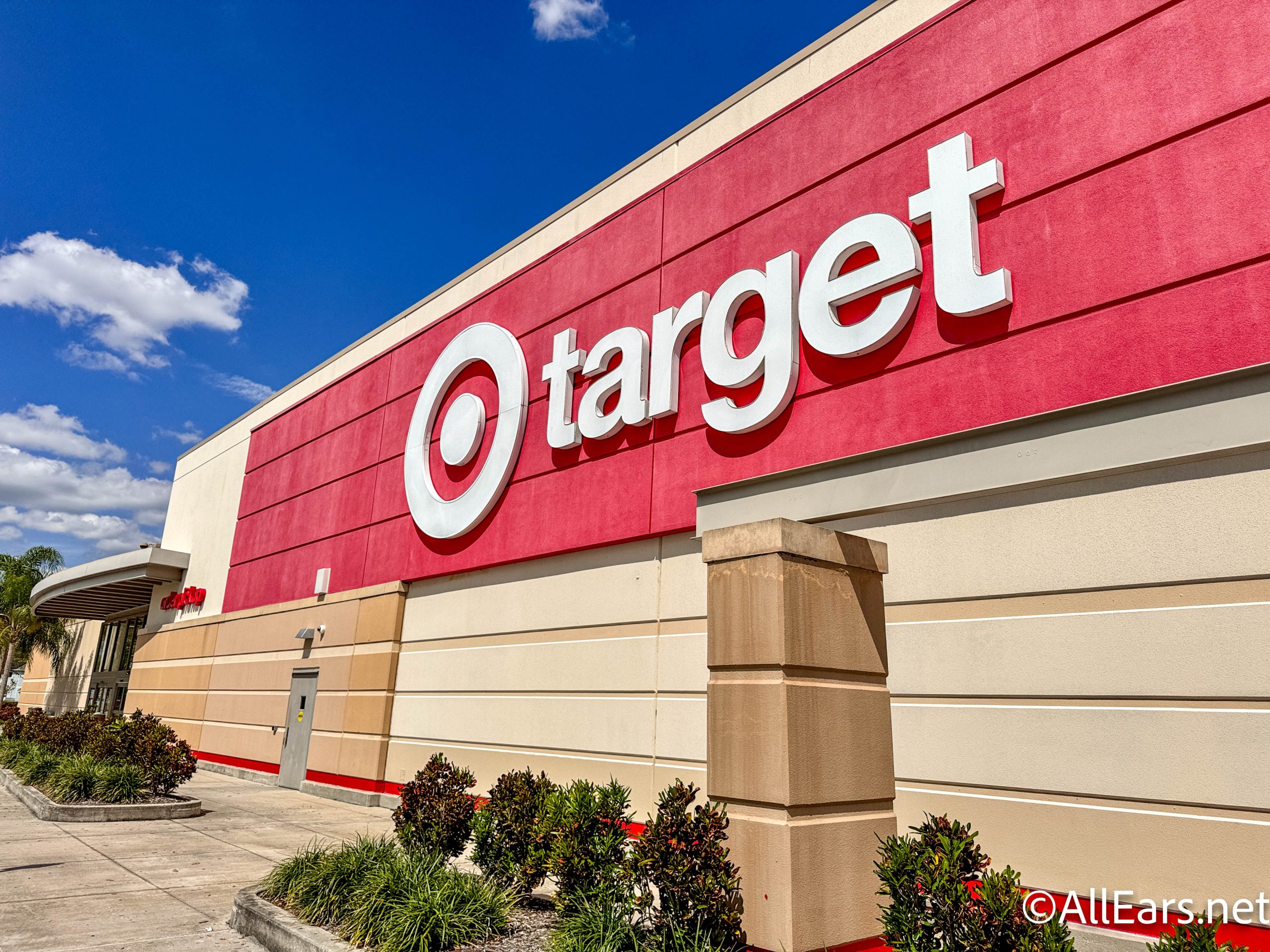

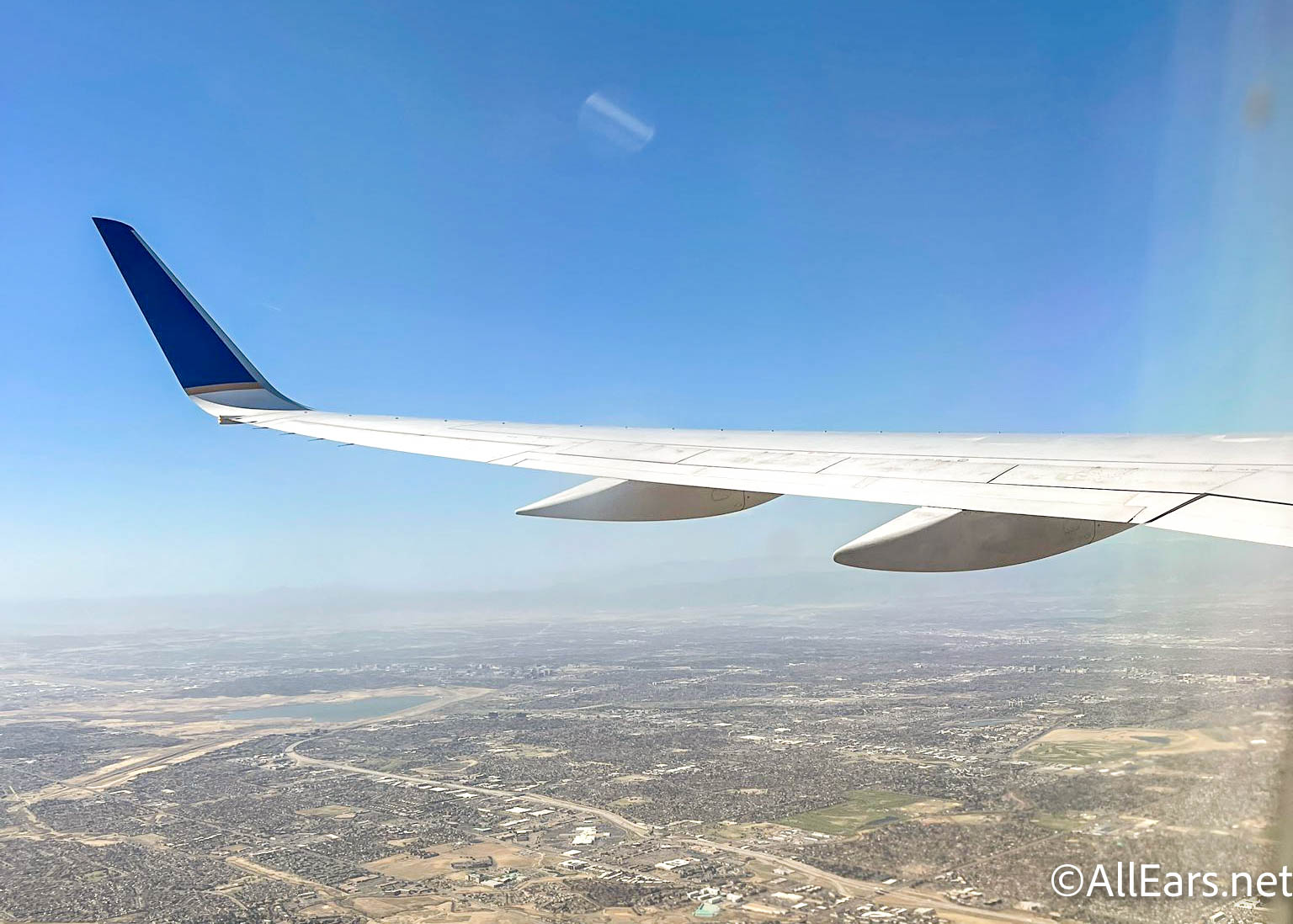




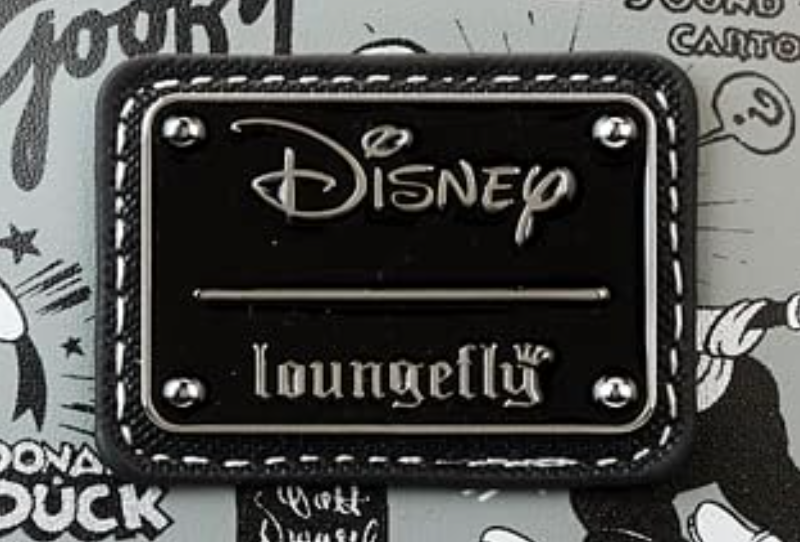
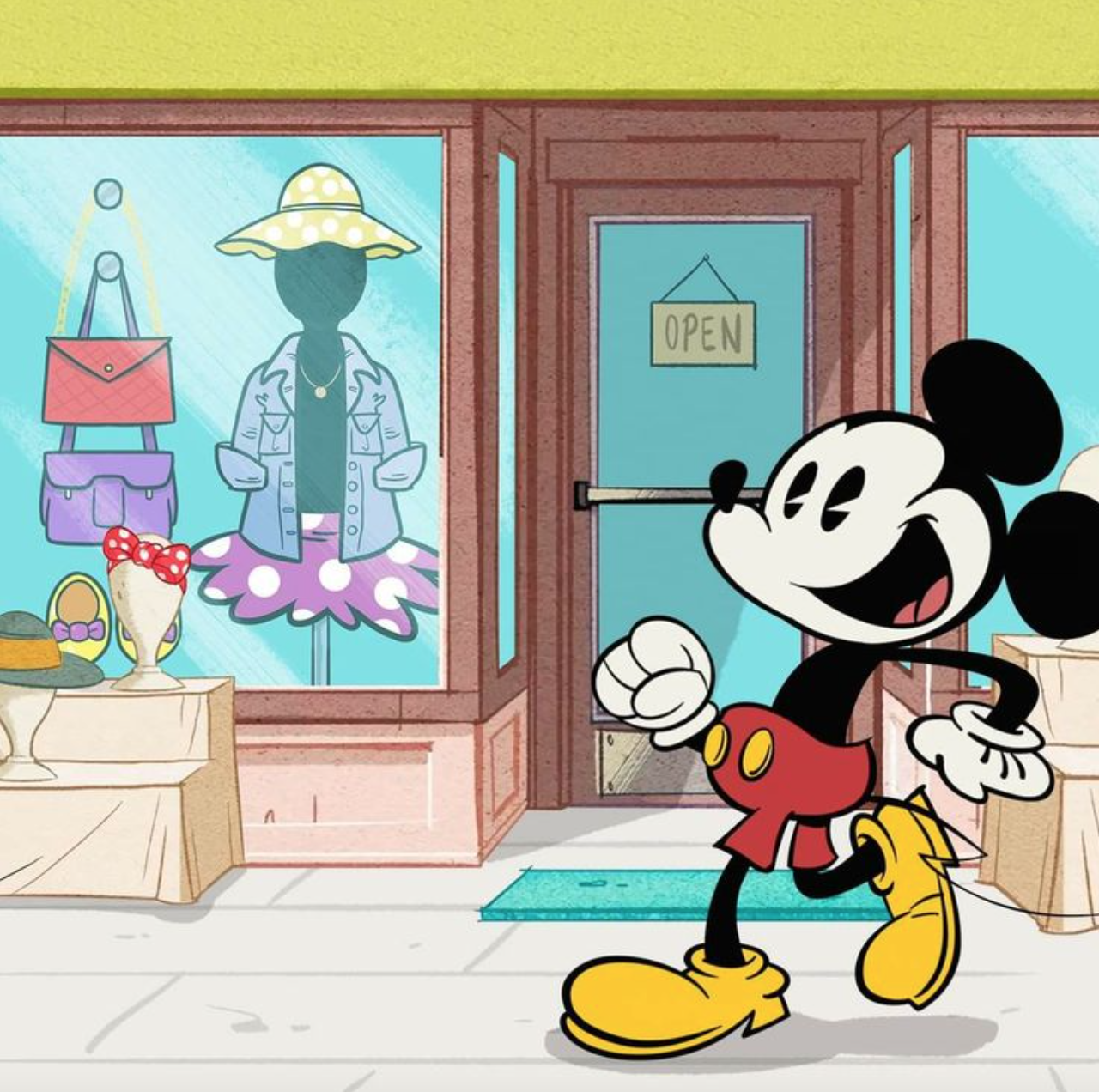




Trending Now
We've heard great things about Disney's Polynesian Village Resort and had great stays there ourselves,...
Is JetBlue cutting routes to Florida?
Here's how you can become a Screamer of the Day at Disneyland!
Please, don't do these things at Universal.
We found the perfect bags for Magic Kingdom as we enter spooky season!
Thinking about applying for TSA PreCheck? Make sure to keep these five things in mind.
We will see 10 items at EPCOT's International Food and Wine Festival get a price...
There are so many amazing Disney finds at Target!
You won't catch me going to these three places in Magic Kingdom and here's 2...
Check out all the new nonstop flights to Orlando that were added this month!
There's a new limited time cake slice at The Cake Bake Shop that we think...
A new gift card just dropped at Target in time for your next vacation!
Disney is making MAJOR changes to Remy's Ratatouille Adventure!
These eating establishments weren't kind to us in August.
Act fast to get this bag in time for fall!
Disney will be dropping four new collections online in September, and we can't wait!
You know the saying "when one door closes, another door opens"? We're curious to find...
Magic Kingdom's new parade is changing showtimes.
We recently stopped by Pizza al Taglio at EPCOT and are bringing you our FULL review!
There's a NEW popcorn bucket in Tokyo Disneyland that we love, but are a LITTLE...